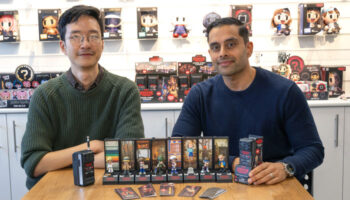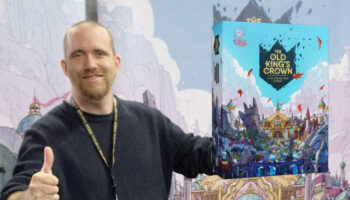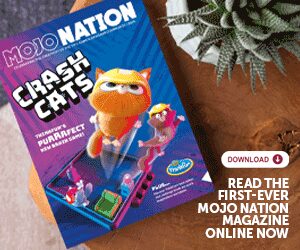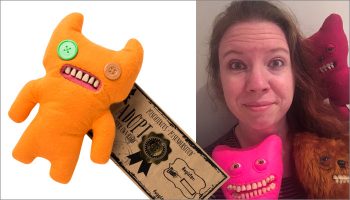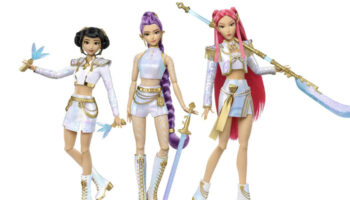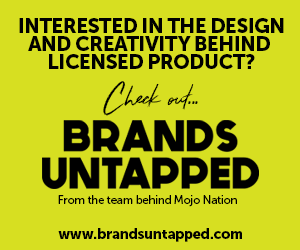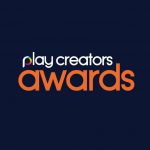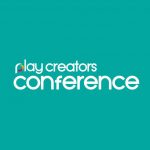From Crash Cats to Flying Squirrel Feeder Frenzy: How illustrator Bill Ledger creates great packaging
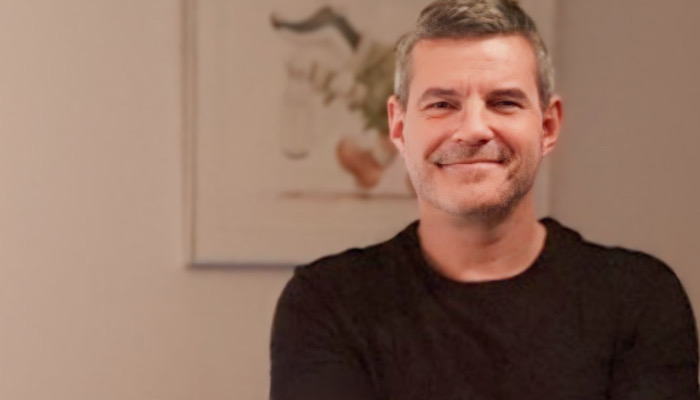
Thank you for joining me, Bill. You’re an animator, illustrator and character designer of 2D and 3D cartoons in children’s publishing… And you’re the artist behind packaging illustrations for two of my favourite games in the last two years…
Oh, really?! Which games?
Crash Cats, which I think is quite brilliant; I love it… And Flying Squirrel Feeder Frenzy. So funny! Wonderful products, but your packaging illustrations absolutely bring them to life…
Thank you, Deej!
For context, what other toys and games have you worked on?
I’ve done a lot of work for American companies: PlayMonster, Fisher Price, Hasbro… I’ve done cover illustrations for most children’s game companies. You might also have seen Snack-o-Saurus Rex from Spin Master recently, or Pigs on Trampolines?
Yes, both! Billy Langsworthy – Mojo’s cofounder – loves Pigs on Trampolines!
Yes, they’re both recent illustrations. Most of my US commissions come from my agent, Mendola Artists, who I’ve been with for over 20 years. That’s where I get my feed for a number of my American clients. But I don’t just do games…
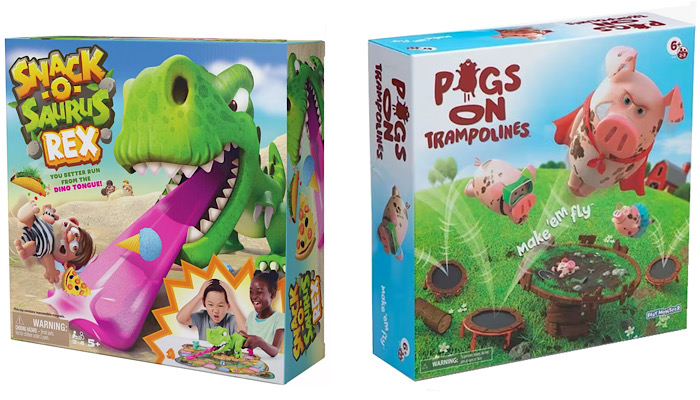
No, quite so. Who are some of your non-toy clients?
Well, I’ve worked for so many companies of my career! I’ve worked a lot for Oxford University Press… I did a massive series for them called Hero Academy. That was 90 books, I think; I did all all of that. Took me about two years; from 2016 to 2018 – that was a great one to do. I’ve done 3D work for Thomas and Friends, Cheetos, Frosties, Toys R Us, Disney, Nickelodeon…
Nickelodeon?
I was character designer for Nickelodeon’s Those Scurvy Rascals which won two British animation awards – produced by Blue Zoo. I also animated and directed a series of adverts for Fischer Heat which won best character design in a commercial for STV.
I’m curious, then: let’s say your agent has something come in from a toy company. They come to you… Do they give you a brief? Do they show you the game?
Yes, usually the game is almost done when I come on board to do the packaging illustrations… But not quite. They’re usually still tweaking it. But I’ll often be working with an in-house graphic designer who’ll have come up with a basic layout of where they imagine everything’s going to go: the logos, titles and straplines. They usually have standard placements for those. I then work the illustration into the space I have left.
Also, some illustrations – like those you refer to – have brought me more work. So the client might say, “We saw the illustration on such and such a game, and we love it… We want something like that…”
Indeed. So they give you a sense of what they want in terms of style…
Yes, they give me some idea. Usually, a list of characters and what the product looks like – things like that. To start, I’ll just do some drawings; sketches of three or four ideas. Usually, the first I design is the one. I’ll still create a few options just in case, but often the first idea is the best. The whole process – drawings to finish 3D – takes about two weeks.
So after you submit your initial sketches, might the company come back to firm things up and give a little more detail?
Yes, their internal art directors will make comments and changes. Nothing major – just adding a few ideas. There’s no need to firm up the drawings… I’d sooner block out in 3D straight away and make finer adjustments to the actual 3D scene. I’ll give you a few images to show you if you like: sketch, block out, first proper 3D: then the finished illustration.
Amazing! I’d love that, thank you.
So yes, I’m not one to go over and over something in pencil because the pencil is just for a basic layout, really. I would if I was working in 2D… Naturally, I’d clean up the drawing because that becomes the template for the artwork. But working in 3D, I leave pencil work behind and work with the actual models as soon as possible.
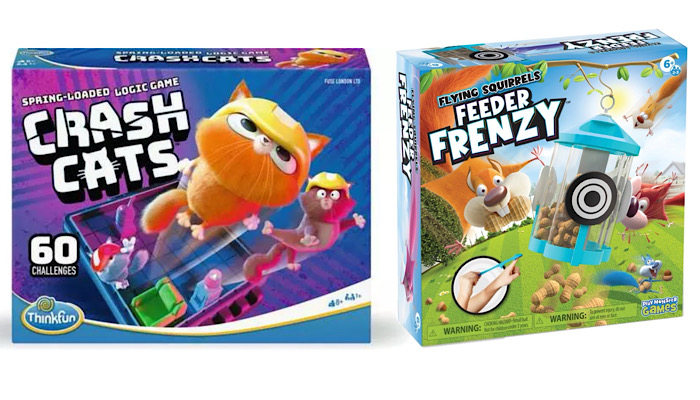
And just out of interest, how long have you been working mostly in 3D?
Mostly in 3D would be about 20 years. I still illustrate in 2D, but it’s mostly 3D now. Though I was playing around with 3D programs as far back as the mid 90s when it first appeared on desktop
Well, you must’ve been a child?! You must have come straight out of college and said, “3D is the future!”
Ha! I did, actually; I came out of art college in the late ’80s… So I’ve been doing this a long time.
One thing I’m curious about when I look at great packaging illustrations is how close you choose to get to the product… Because beautiful though a toy might be, it wouldn’t inherently have the same personality as your illustrations. So at some point, presumably, you’ve got to interpret the product and envision it as an illustration. How do you get that balance right?
You’ve got to make the product come to life but not be unrelated to the product. It’s a balance: you can’t change it so much that you’re misleading the buyer. Take Crash Cats, for example… The cats in the game are all moulded the same, only the colours are different… So we took the option of giving the three cats individual personalities to make them really come to life! We probably couldn’t go much further from the actual toy than we did on that one. They ended up really playful!
Fantastic answer. Love it.
Crash Cats is also unusual in regard to the lighting. It’s quite dark and edgy! It’s really different because box covers are usually lighter in tone and more child friendly. But as it was a puzzle game, and may have an older buyer, we felt it could be more dynamic. That was a decision made by the graphic design team at Ravensburger. It’s a really smart cover – one of my favourites.
Yes – it’s beautiful! And as you know, we had it on the cover of a print mag. In terms of your background, you said you came straight out of college…
Yes, I did. I’ve never had a job! Ha! I went to Ravensbourne Art College. It’s moved into London now but was originally in Kent – just around the corner from me. I studied as a technical illustrator… There were no courses for cartoon illustration or 3D back then – didn’t exist! And actually, thinking about it, desktop computers didn’t exist like they do now! So I’m quite technical, and spent quite a while illustrating with airbrush. But when 3D came out, I just loved it – which I think makes sense, because you have to be quite technically minded to use 3D.
Interesting. And this might be a bit of a thorny subject, Bill, but the subject of AI illustration comes up a lot among inventors. People often say, “Well, I’ll just knock something up in Chat GPT…” Do you have strong feelings about AI?
In some ways, I don’t know where to start with AI. It’s obviously entering the industry… It gets a bad press, but it depends on how you use it. I mean, when I get a brief from a client, they often include what we used to call a mood board… A collection of images, fonts, colours and style examples that help an art director put over what they want. They used to piece it together using images they’d taken off Google and so on. Now, though, they might use AI to quickly show the general idea. It’s a quick, easy way – it beats trawling Google all day to find an image!

Well, dare I say, Bill, within your career there must’ve been a time when a mood board was physical! Pictures cut out of magazines and stuck on a board!
Yes! Before computers, that’s how you’d pull together your references… Going to a library! Ha! I don’t remember how I had time to actually do any work! The only problem is that a client can get fixed on AI references, and they don’t allow illustrator enough freedom to interpret the idea.
Right. Because they’ve got such a definite reference in their heads… Funnily enough, I’ve had it a couple of times recently… People have shown me an idea they generated in AI and said, “What do you think of this?” You can tell at a glance that it’s AI – which I don’t object to on principle…
You can tell AI illustration straight away… It often has that semi-realistic ’80’s airbrush style, which is awful. No one illustrates like that now…
Just as importantly, what AI often fails to do is give characters enough character or discriminate between the characters in the foreground and the design in the background. So you can’t pick out, in one glance, what the important information is…
I know what you mean. When you see Crash Cats, your eye goes straight to the important parts. That’s the design part of the illustration. I guess AI will improve over time… Am I scared of AI? Not really. I’ve seen this before when illustration stock sites came about 20 years ago… Many people said, “No need to use illustrators now – everything’s been illustrated!” Didn’t happen, and here we are again.
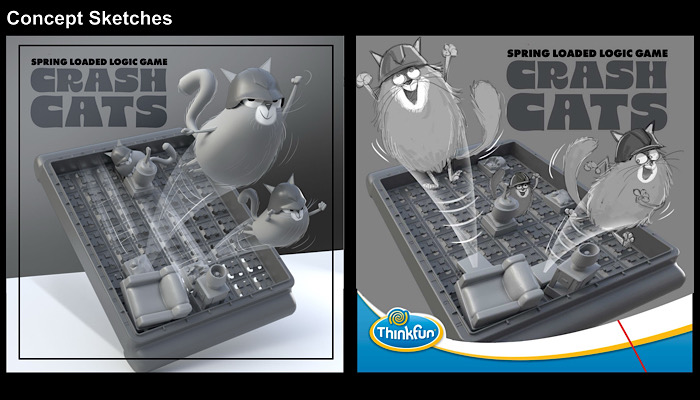
Also, AI can’t produce the image as a layered Photoshop file ready to adapt to art directors comments and changes – and there are many. My working file ends up having over 100 layers or more… AI doesn’t do that.
Yes. And we don’t really have time to get into this now, but there’s still a good deal of uncertainty over who actually owns the rights to AI-generated images: that’s not been robustly tested in courts.
Right. They’ll be such a case soon, I’m sure – and I’m sure the rights will belong to the tech companies who will charge high prices! In the meantime, clients will ask about using AI because they think it’ll be cheap… But when they go through the whole process, and what they get starts to look like everything else, they’ll go back to the start. Professionals realise that…
Perfect summary. Right now, it’s a tool to help communicate ideas; it’s not a substitute for real skill. To wrap this up, then, Bill let me ask you this: What’s the most interesting object in your office or on your desk?
The most interesting object? That’s a funny question! Well, I’ve got a bit of artwork hanging on my wall up there I could show you…
Yes please!
I illustrated this for Disney many, many years ago…
Oh, my days! The Disney Club logo?!
Yes… That’s done with an airbrush; I did a fair amount of airbrush work before 3D. So there’s an official Disney stamp on the inside of the artwork. It was used on the UK The Disney Club, a Saturday-morning TV program. It was enlarged and hung behind the kids in the studio. This is original airbrush artwork, although it was adapted over the years.
My mind is blown! You’re the man that illustrated the logo for the UK Disney Club…
Ha! I am! I also designed and illustrated Pride the Lion for the 2012 Olympic Games.
Oh, my days! Amazing answers! Brilliant! Thank you so much for joining us, Bill. Pleasure to chat with you.
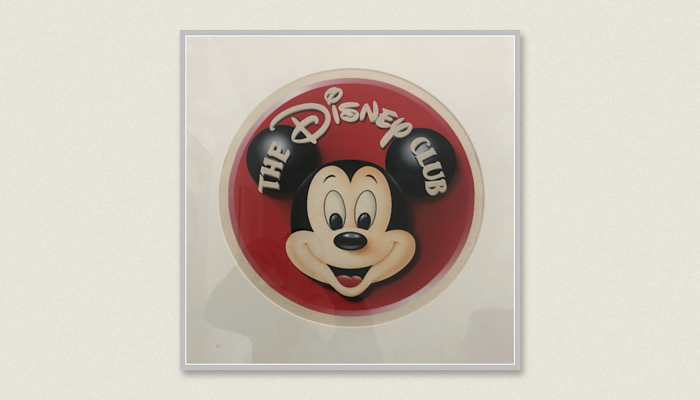
–
To stay in the loop with the latest news, interviews and features from the world of toy and game design, sign up to our weekly newsletter here







